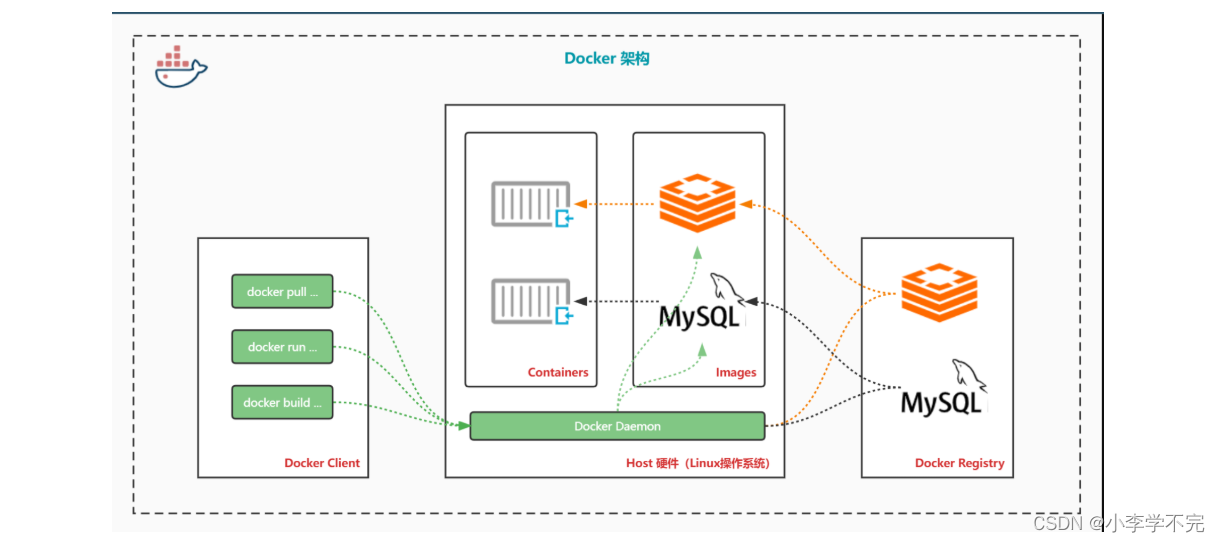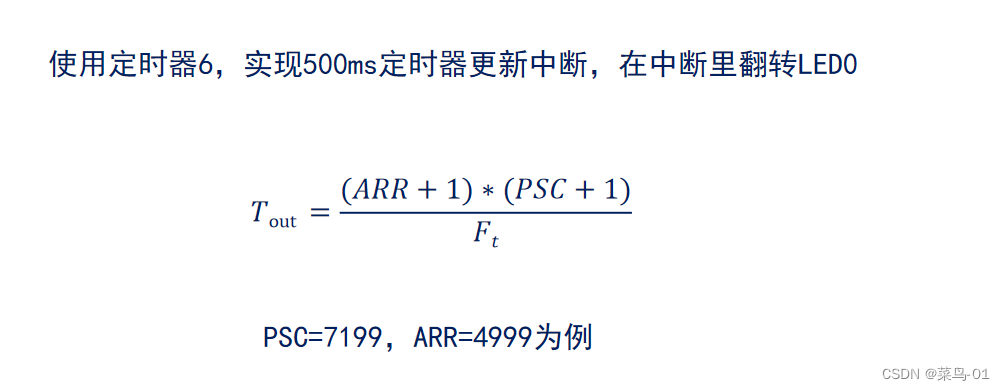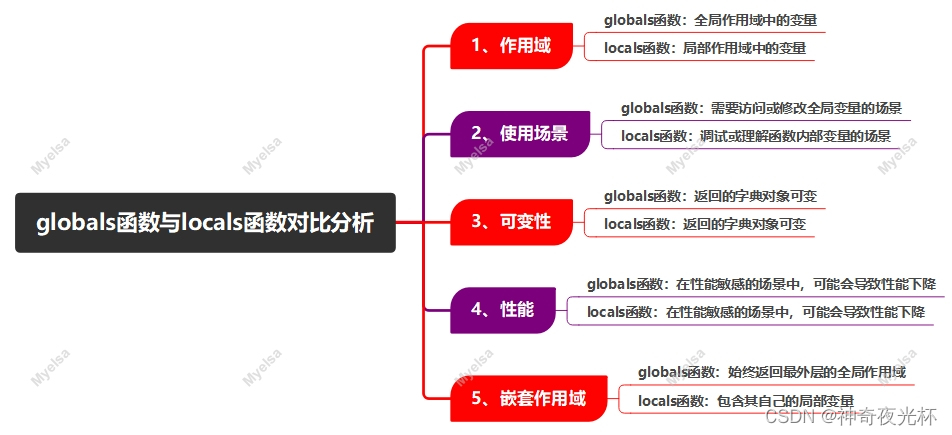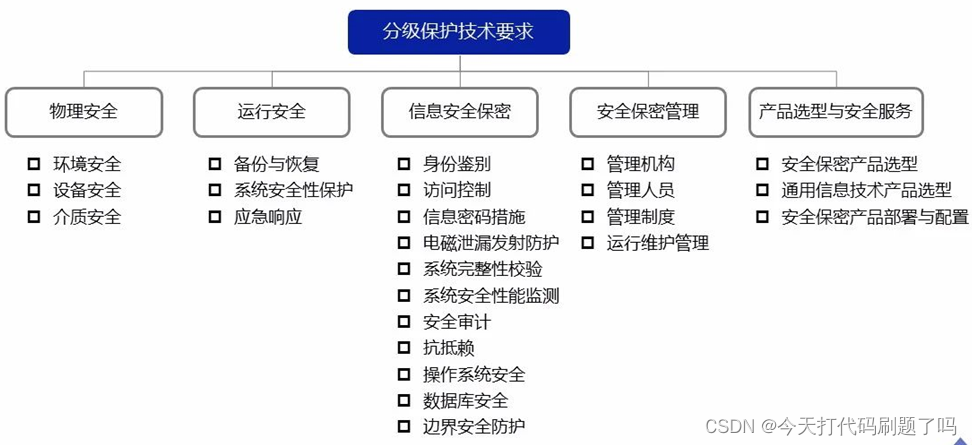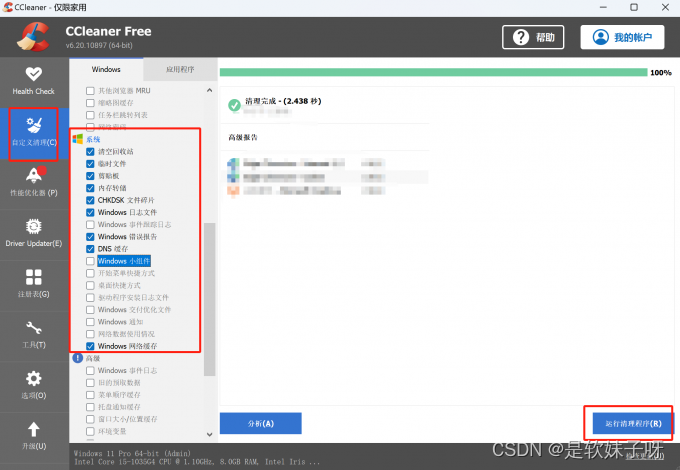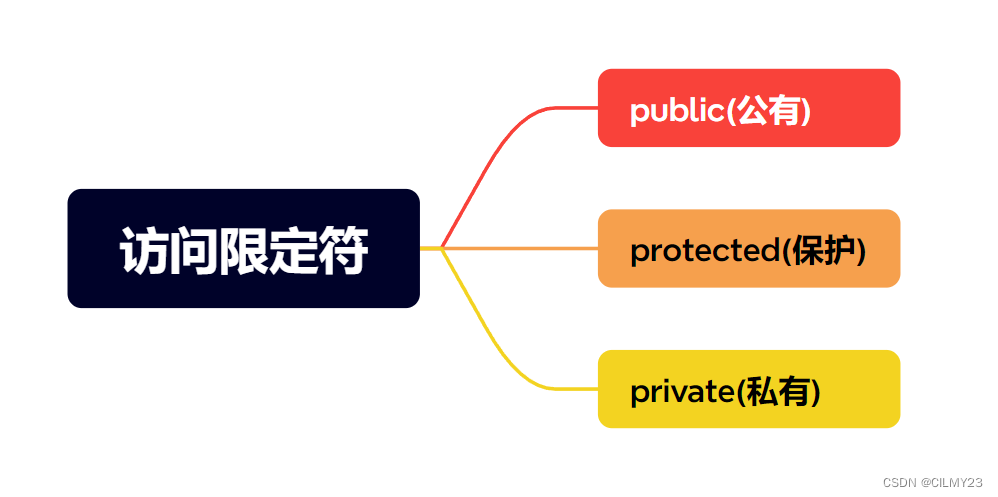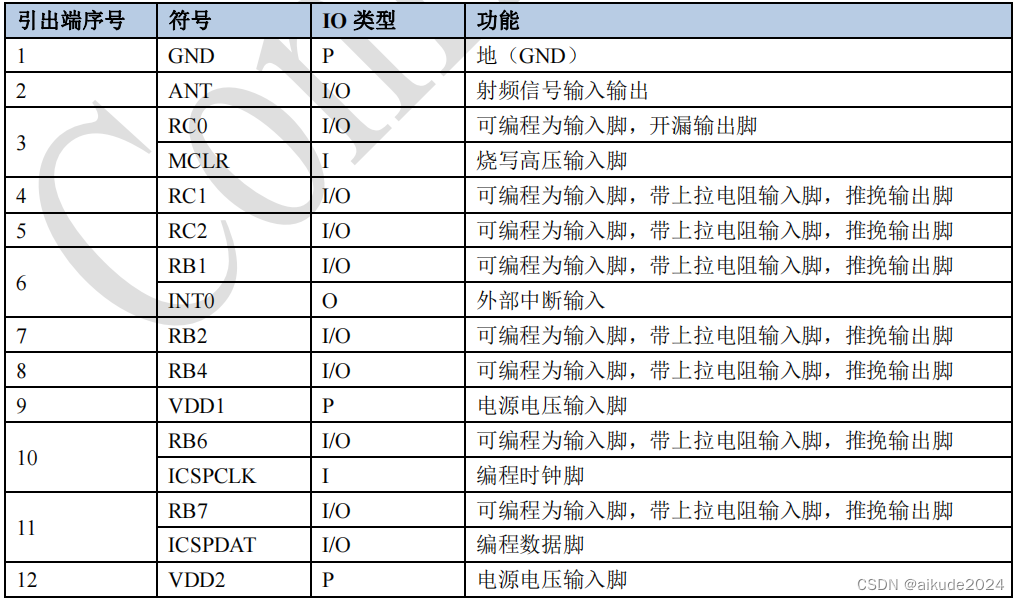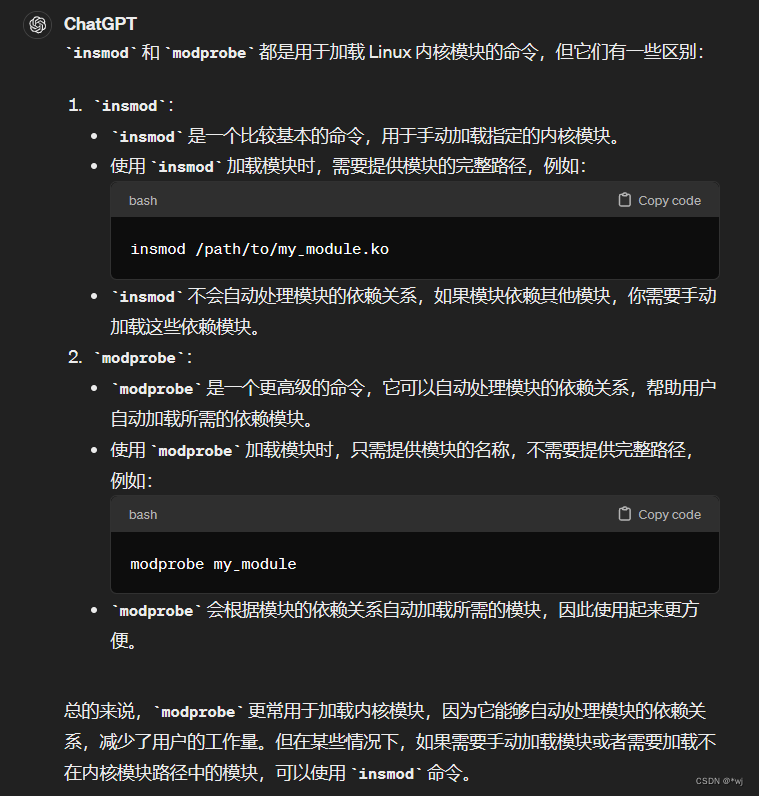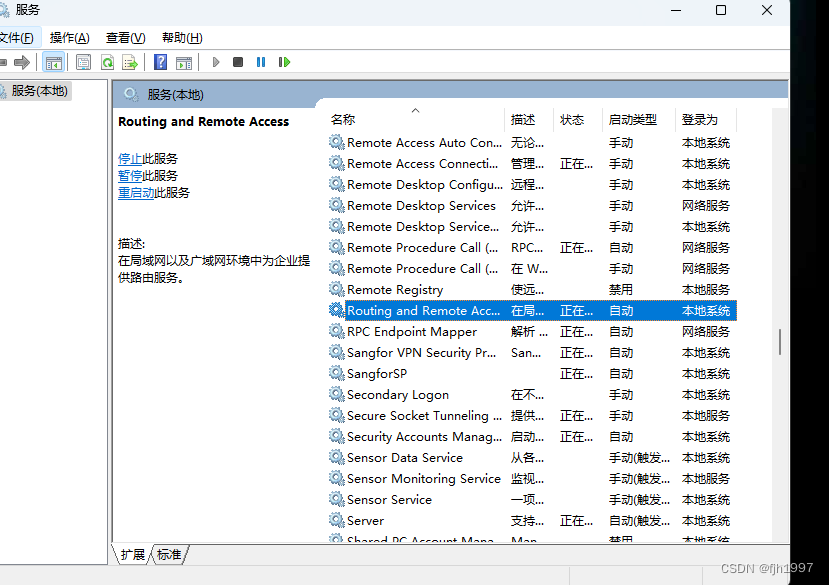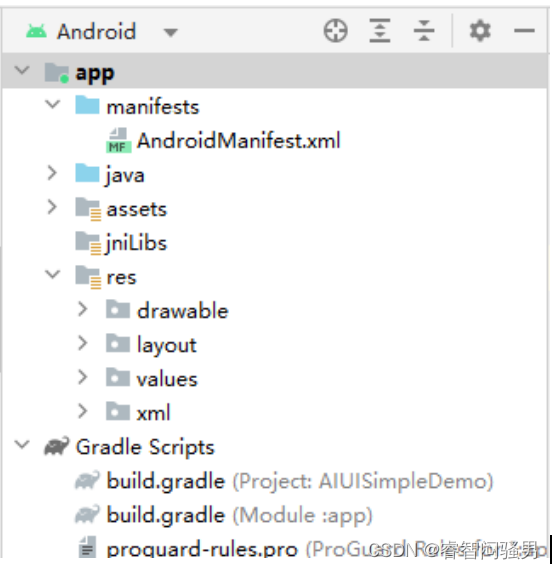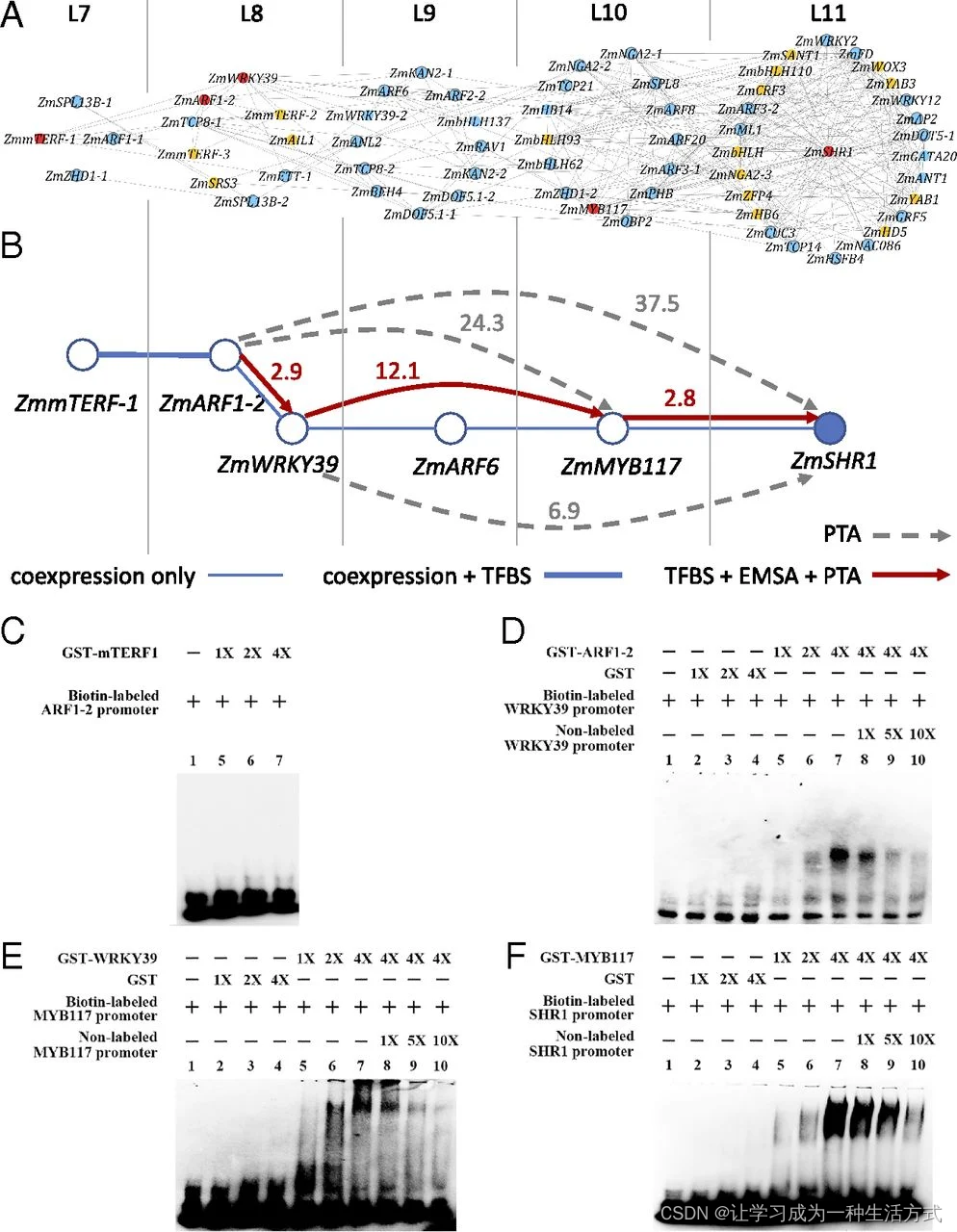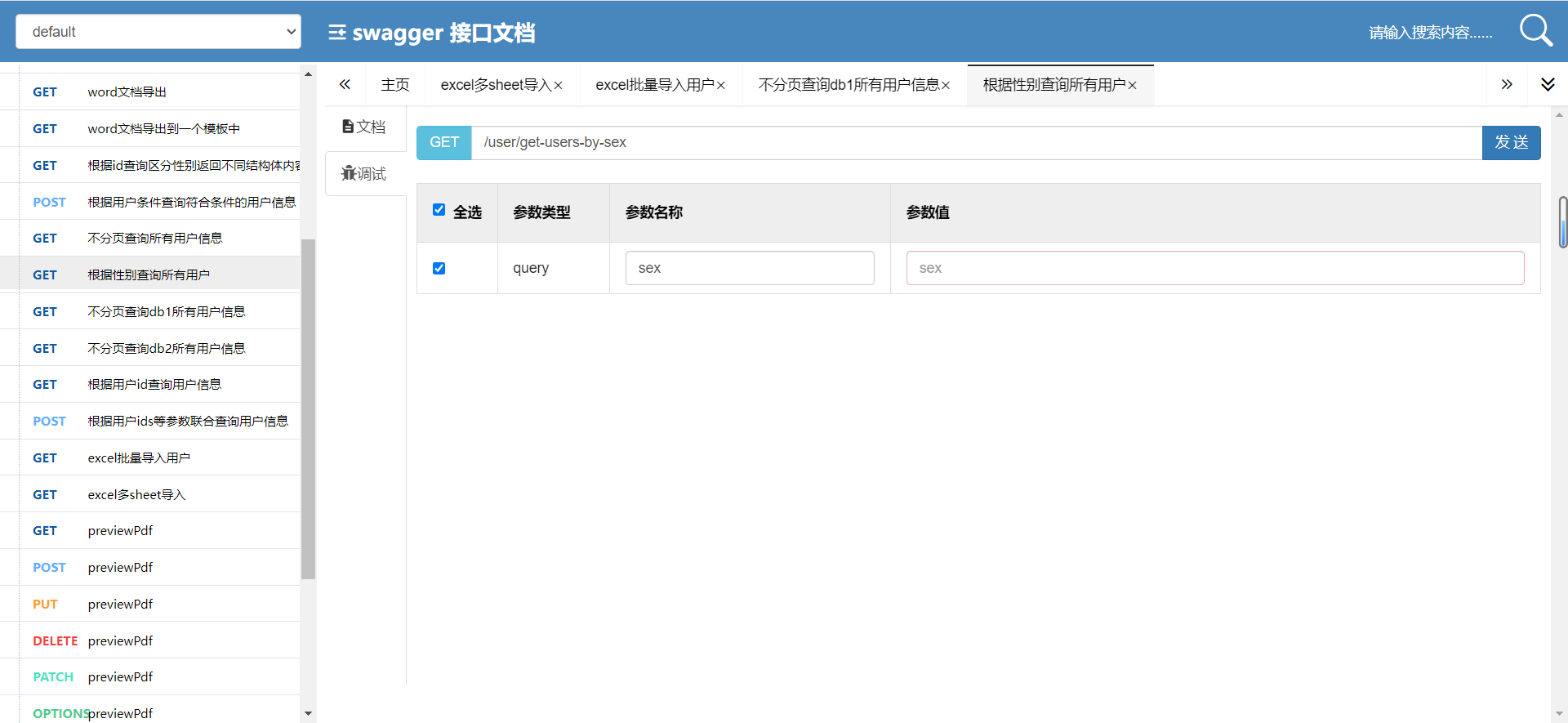文章目录
- 1.alert-提示框
- 2.confirm-确认框
- 3.prompt-输入框
- 4.总结
1.alert-提示框
alert (message: string , title: string , errorIcon: Boolean )
Core JavaScript Classes
Displays an alert box
message: Data Type: string
The text to display
title (optional): Data Type: string
The title of the alert; ignored on the Macintosh
errorIcon (optional): Data Type: Boolean , Default Value: false
Display an Error icon; ignored on the Macintosh
弹出一个提示框,只有一个确定按钮。
alert("知了插件");
如下图所示:

2.confirm-确认框
confirm (message: string , noAsDefault: Boolean , title: string ): Boolean
Core JavaScript Classes
Displays an alert box with Yes and No buttons; returns true for Yes
message: Data Type: string
The text to display
noAsDefault (optional): Data Type: Boolean , Default Value: false
Set to true to set the No button as the default button
title (optional): Data Type: string
The title of the alert; ignored on the Macintosh
弹出一个确认框,选择Yes返回true,选择No放回false。
function test(){
var rlt=confirm ("是否继续?", true, "提示");
$.writeln (rlt);
}
test();
如下图所示:

3.prompt-输入框
prompt (prompt: string , default: string , title: string ): string
Core JavaScript Classes
Displays a dialog allowing the user to enter text
Returns null if the user cancelled the dialog, the text otherwise
prompt: Data Type: string
The text to display
default (optional): Data Type: string
The default text to preset the edit field with
title (optional): Data Type: string
The title of the dialog;
用户取消返回null,确认返回对应文本对象。
function test(){
var rlt=prompt ("输入宽度:", "10", "提示");
$.writeln (rlt);
}
test();
如下图所示:

4.总结
通过这三种方式,可以简单实现与程序的交互控制。

